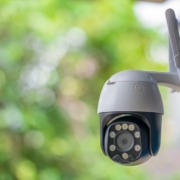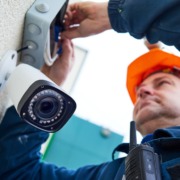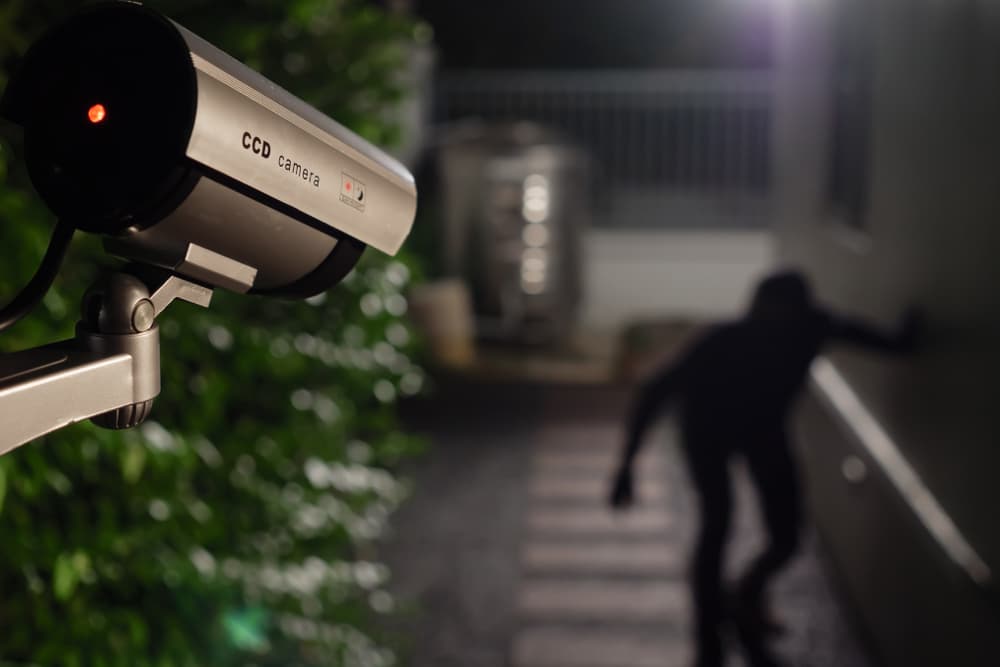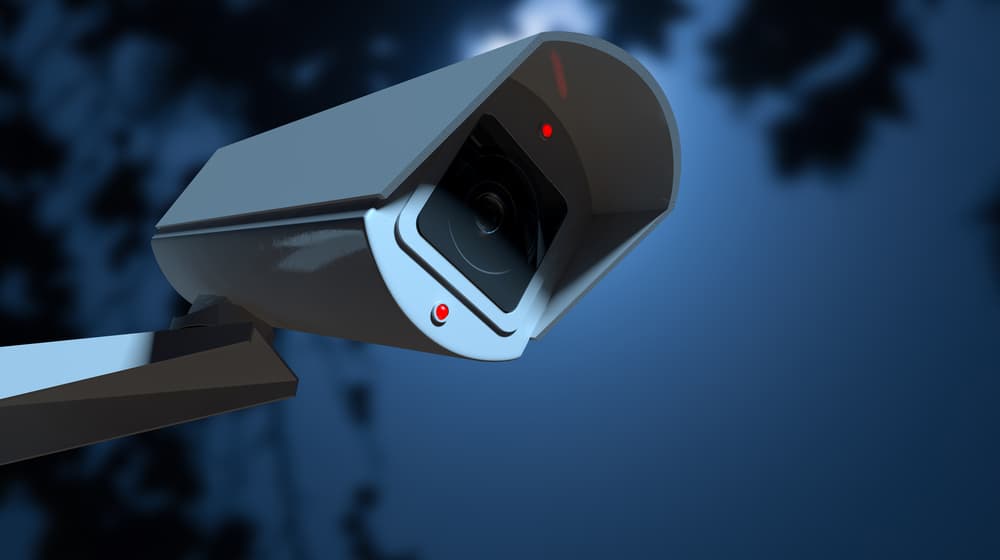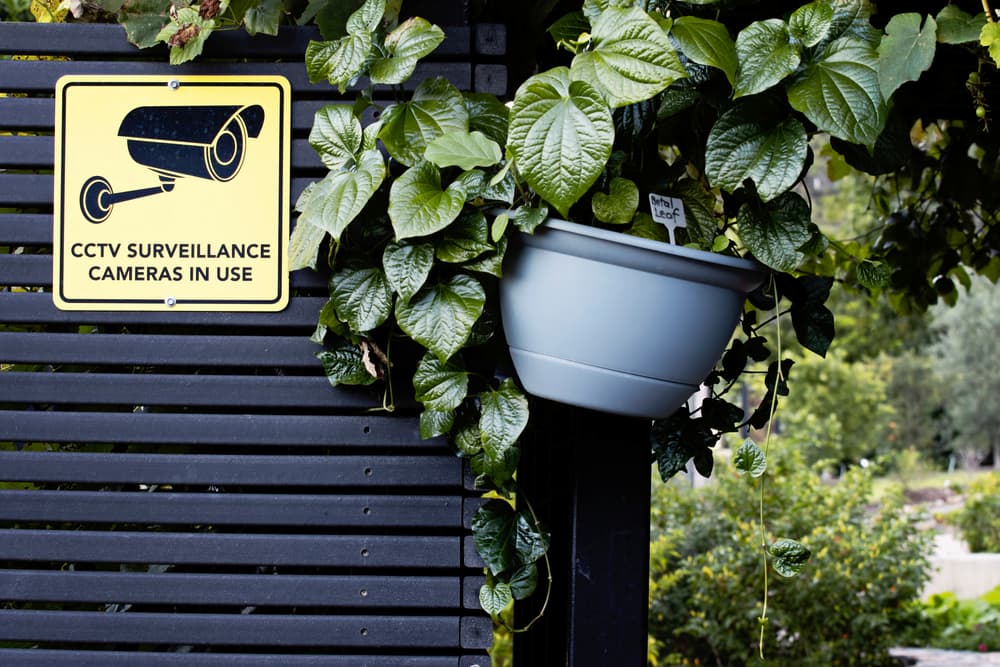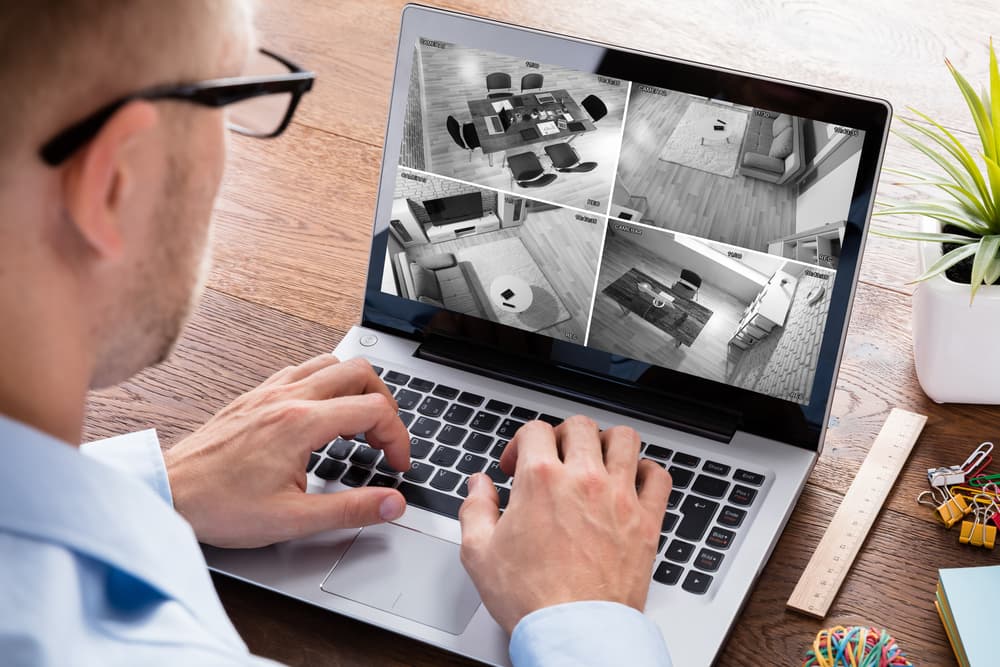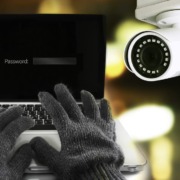Do Security Cameras Have Audio?
Regarding security cameras, most people are familiar with the standard video feed that captures any potential intruders or suspicious activity. However, many people are unaware that some security cameras also have audio capabilities. This can be an added layer of protection for your property, allowing you to see what’s happening and hear it.
In this blog post, we’ll explore the topic of security cameras with audio. We’ll discuss whether security cameras have a built-in microphone, how to tell if your security camera has audio, and the legality of recording audio using a security camera. So, let’s dive in and learn more about this important aspect of home security.
Do Security Cameras Come with a Microphone?

Yes, security cameras can have a built-in microphone. This allows the camera to capture not only video but also audio. Audio can offer additional context and evidence to help identify individuals and their actions.
Can Security Cameras Record Audio?
Yes, some security cameras can record audio. A security camera with audio capabilities typically has a built-in microphone that captures the sound and records it alongside the video footage. The audio recording can be stored the same way as the video footageon a local storage device or a cloud-based storage service.
You will need to access the camera’s settings or software to access the audio recordings. Depending on the brand and model of the camera, this can be done through a mobile app, desktop software, or web-based interface. From there, you can typically view and download the recorded audio along with the video footage.
What is Their Purpose?
The purpose of a microphone in a surveillance camera is to provide audio evidence of the area being monitored. For example, suppose an intruder is caught on camera breaking into a home. In that case, audio can capture conversations with an accomplice or provide additional information, such as the sound of breaking glass or footsteps. Additionally, audio can be useful in monitoring other activities, such as conversations in a business setting or monitoring a baby’s room.
How Can You Tell if a Security Camera Has Audio?
To determine if a security camera has audio, look for a built-in microphone or an audio input. The camera’s specifications will usually indicate whether audio is included or if there is an audio input. Some cameras may also have a speaker to allow for two-way communication. If you’re unsure whether your camera has audio, check the manufacturer’s website or user manual.
Is it Legal to Record Audio Using a Security Camera?
In Indiana, recording audio using a security camera under certain conditions is legal. Indiana is a “one-party consent” state, which means that as long as one person in the conversation consents to the recording, it is legal. This means that if you own the property where the security cameras are installed, you can record both video and audio on your property without consent from others.
However, if you install security cameras in areas where people have a reasonable expectation of privacy, such as in a restroom or changing room, it is illegal to record audio or video without consent. It’s important to understand the federal laws regarding audio recording in your state to avoid legal issues and protect the privacy of others.
Stay Vigilant and Proactive in Protecting Your Property
Having security cameras with audio can be an effective way to monitor your property and protect yourself from potential intruders or suspicious activity. However, it’s important to understand the laws regarding audio recording in your state and any ethical considerations related to privacy. By staying vigilant and proactive in protecting your property, you can rest assured that your home or business is safe and secure.
For the ultimate protection, contact MAX Video Security, a company in Indiana that specializes in installing high-quality security camera systems with audio. Our knowledgeable technicians can help you stay safe and secure. Contact us today to learn more!

